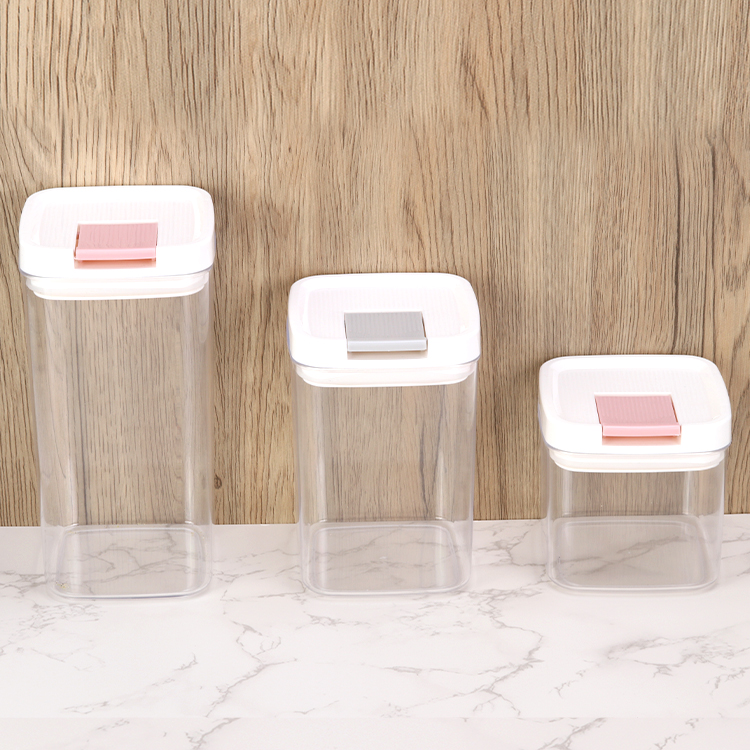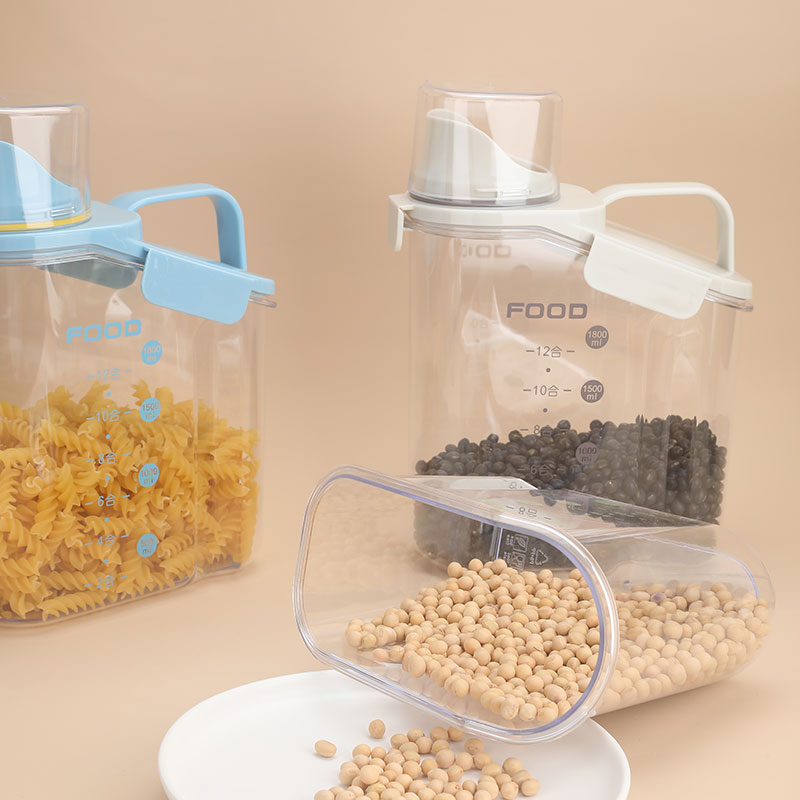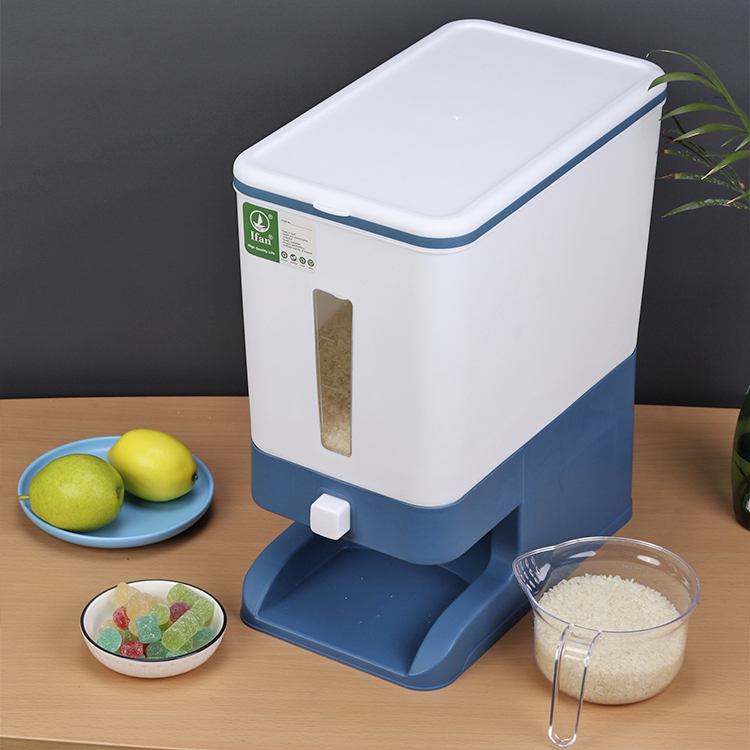When it comes to food storage, choosing between glass and plastic containers often sparks debate. Both materials have their pros and cons, and the better option depends on various factors such as the type of food being stored, convenience, environmental impact, and personal preferences. Let’s explore the characteristics of glass and plastic containers to determine which one might be better for food storage:
Glass Containers:

- Safety: Glass is generally considered a safer option for food storage, especially when it comes to heating or microwaving food. Unlike plastic, glass does not contain harmful chemicals like BPA (bisphenol-A) or phthalates that can leach into food, particularly when exposed to heat.
- Durability: Glass containers are more durable and resistant to scratches, stains, and odors compared to plastic. They are less likely to warp or degrade over time, making them suitable for long-term use.
- Non-Porous Surface: Glass has a non-porous surface, which means it does not absorb food odors or flavors. This makes glass containers ideal for storing a wide range of foods without the risk of flavor transfer.
- Temperature Resistance: Glass containers are oven-safe, freezer-safe, and microwave-safe, allowing for versatile food storage and reheating options. They can withstand rapid temperature changes without cracking or shattering.
- Environmentally Friendly: Glass is a recyclable material, making it a more environmentally friendly option compared to plastic. Glass containers can be reused multiple times and recycled at the end of their lifespan, reducing waste and environmental impact.
- Aesthetics: Glass containers have a sleek and elegant appearance, making them suitable for serving food directly from the container, whether at home or for special occasions.
Plastic Containers:

- Lightweight and Portable: Plastic containers are lightweight and easy to transport, making them convenient for packed lunches, picnics, and on-the-go meals. They are also less likely to break or shatter when dropped compared to glass.
- Variety of Shapes and Sizes: Plastic containers come in a wide variety of shapes, sizes, and styles, making it easier to find the perfect container for specific storage needs. They are available in stackable designs, which maximize storage space in cabinets and refrigerators.
- Affordability: Plastic containers are generally more affordable than glass containers, making them a budget-friendly option for food storage. They are widely available at supermarkets, department stores, and online retailers.
- Sealability: Plastic containers often feature tight-sealing lids that help prevent leaks and spills, making them suitable for storing liquids and semi-liquid foods like soups, sauces, and dressings.
- Microwave-Safe: Many plastic containers are labeled as microwave-safe, allowing for convenient reheating of leftovers directly in the container. However, it’s essential to follow manufacturer guidelines and avoid heating foods in plastic containers that are not specifically designated as microwave-safe.
- Recycling Challenges: While some plastic containers are recyclable, not all types of plastic are easily recyclable, leading to environmental concerns about plastic pollution and landfill waste. Additionally, plastic containers may degrade over time with repeated use and washing, potentially leaching chemicals into food.

In conclusion, both glass and plastic containers have their advantages and disadvantages when it comes to food storage. Glass containers are generally safer, more durable, and environmentally friendly, while plastic containers are lightweight, affordable, and convenient for on-the-go use. Ultimately, the choice between glass and plastic containers depends on individual preferences, storage needs, and priorities regarding safety and sustainability.

